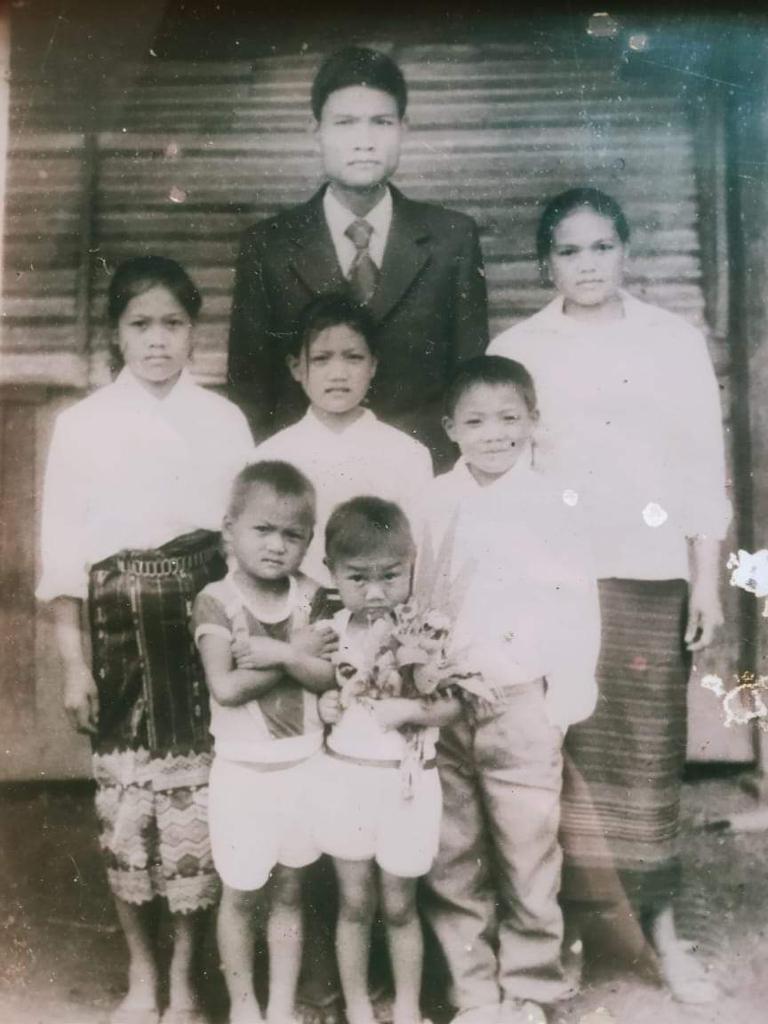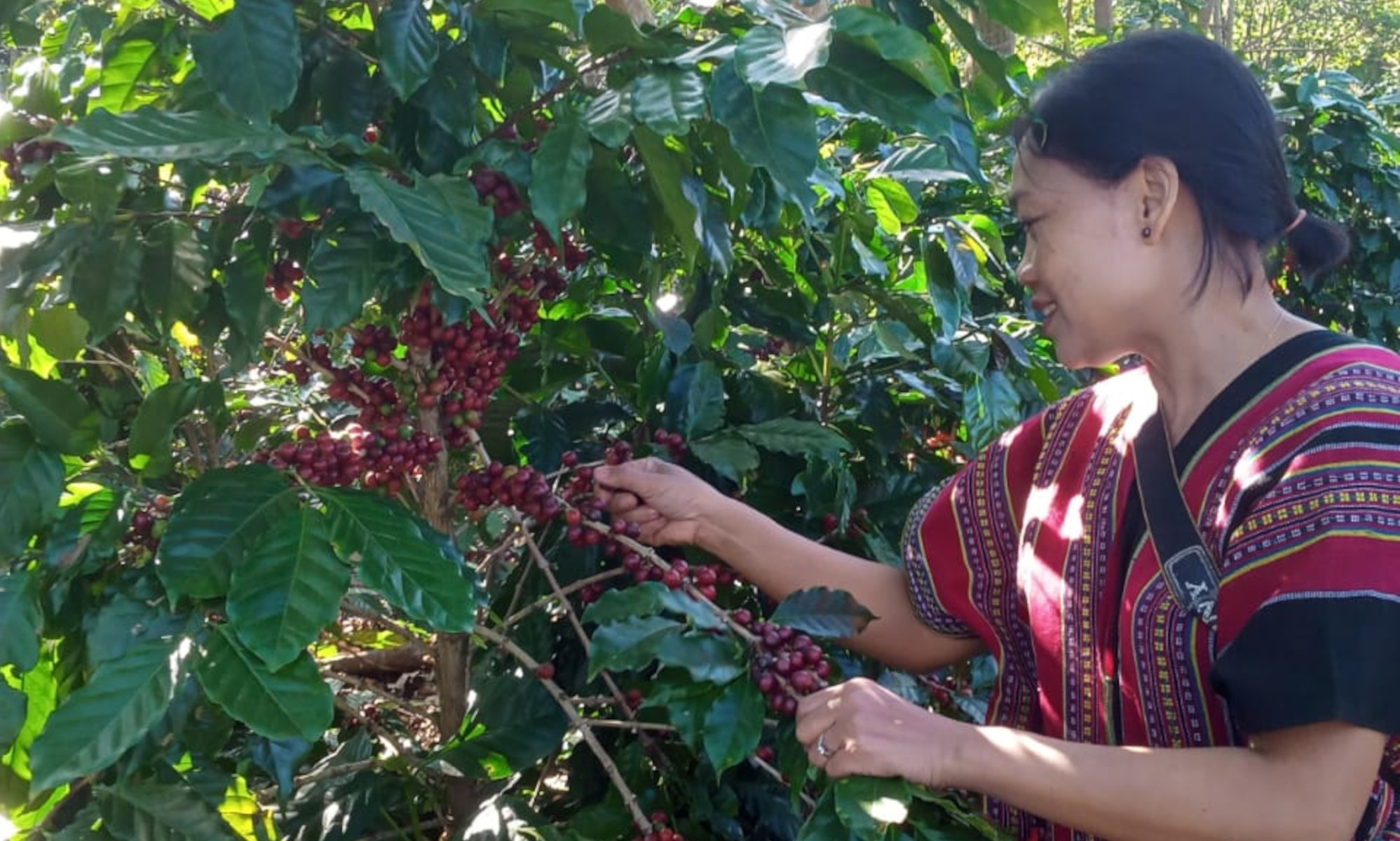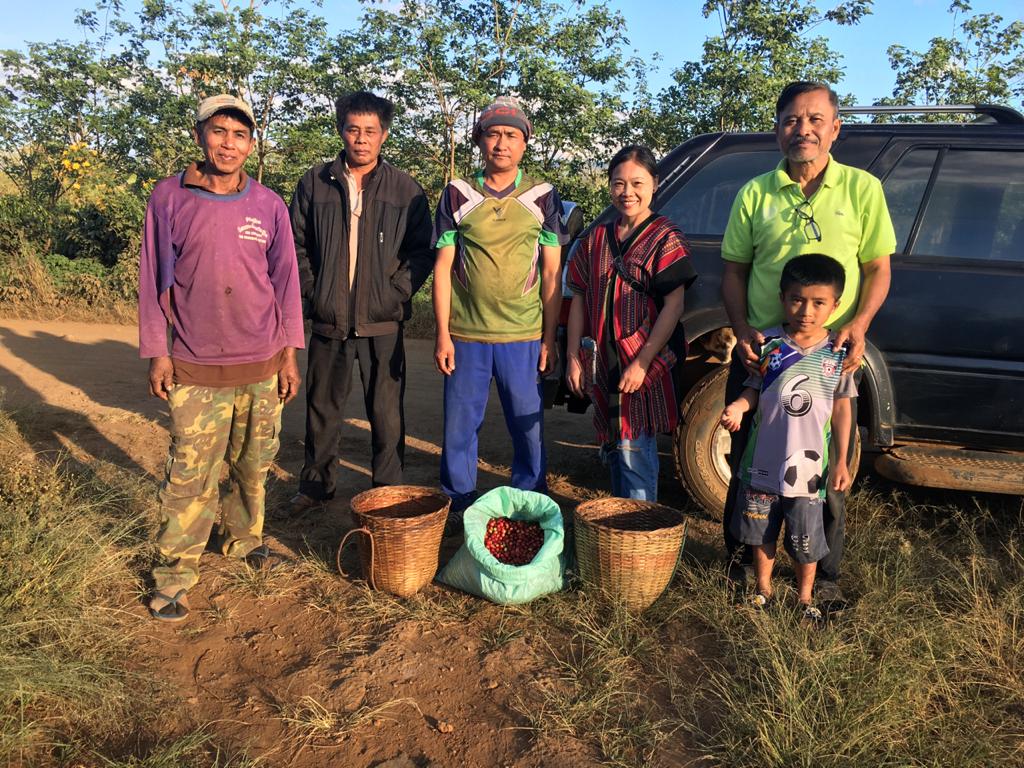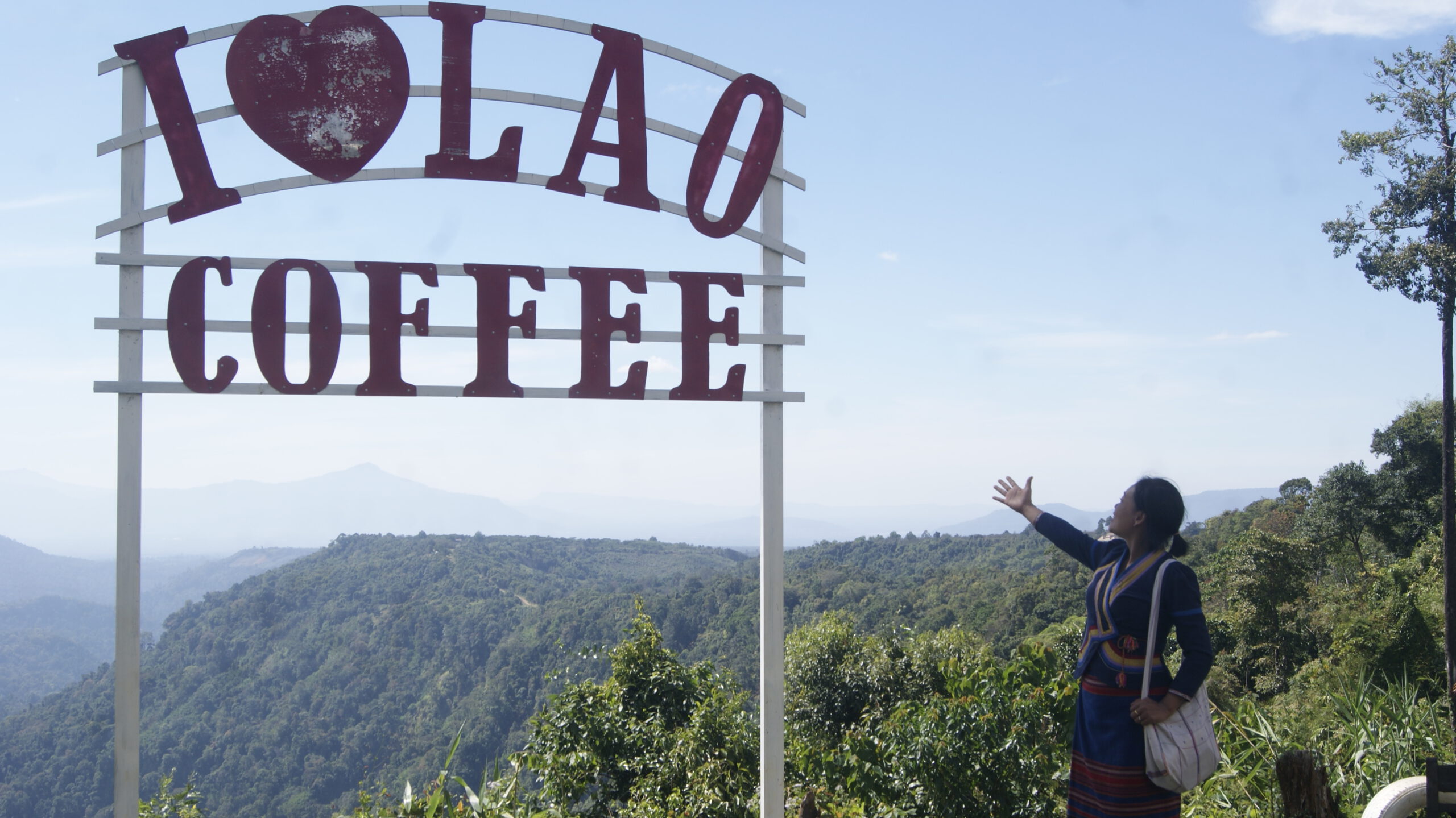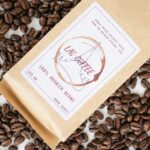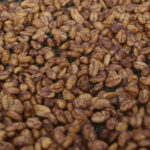Sabaidee
Sabaidee means hello. My name is Channaly Manichanh, I was born in a small village named Seanlath in Khoua district in Phongsaly province in the north of Laos. It was 1975 and the war had just ended. I was born in a cave. In that time caves where still used as medical care centers. I belong to the Keummu ethnic group, the largest minority group in Lao PDR. I am the oldest child and I have four siblings.
When I was 10 years old, my father, who was a teacher, was reassigned to Phongsaly, the capital of Phongsaly province. At the age of 20 I entered the Lao National University in Vientiane.
Development of ethnic communities
After graduating I returned to Phongsaly to work for the “Phongsaly Forest Conservation and Rural Development Project”. The PFCRDP was a Lao-European Union co-operation project settled in Phongsaly province. From 1998 to 2005, it contributed to forest resource conservation and assisted the local communities in the process of sustainable rural development.
The project team carried out activities with village communities in different fields: forest conservation, crop and livestock development, social development, infrastructure expansion, capacity building at provincial, district and village levels.
The past 20 years I worked for several International NGO’s, and local Non Profit Association (NPA) from the North to the South I contributed for ethnic community development in Laos, mainly in the agricultural area.
Coffee, tea and more
During August-December 2020, FAO Laos provided me with the opportunity to work with the staff of the Department of Intellectual Property, Ministry of Science and Technology, to be responsible for and implement the “Local Value Development and Promotion of Intangible Traditions and Market Promotion Strategies” project.
I was responsible for collecting data from the planting process to the final product on 4 Geographical Indication “GI products” of 4 provinces: Paksong tea in Champassak, Komaen tea in Phongsaly province and Luang Prabang Silk and Houaphan Silk.
During that period I also studied and collected information about Lao coffee. Lao coffee is also registered as a Geographical Indication “GI product”, so I got to know the history and background of Lao coffee. I worked as a volunteer with several farmers learning about the process of growing coffee trees, caring for them, preserving them, and harvesting them until the final process is to get the quality and good taste of the coffee which is considered one of the best in the world.
My dream
In January 2021 I moved to the Netherlands to live with my Dutch husband. However, I still dream of being involved in the development of ethnic communities in Lao, who still have disadvantage and need help in various fields. That is why I want to bring Lao coffee to Europe. In that way I can built a bridge between different cultures and raise money for projects in Laos. For each kilo of coffee we sell, we will donate 1 euro for a development project in Laos.
For next year we also plan to import tea from Paksong and Phongsaly and handicrafts from Laos.
